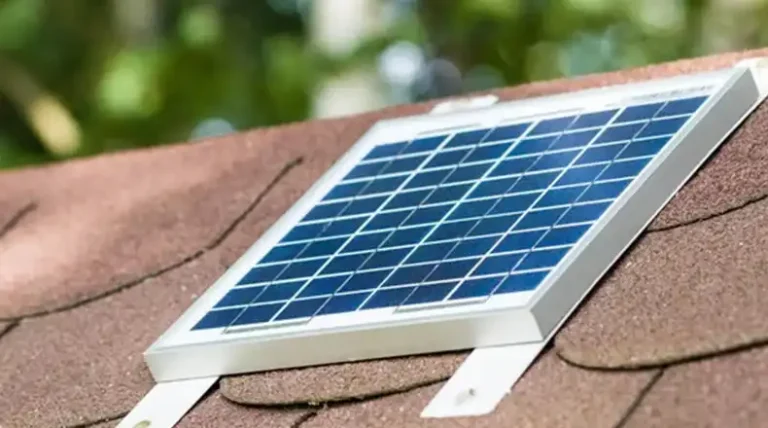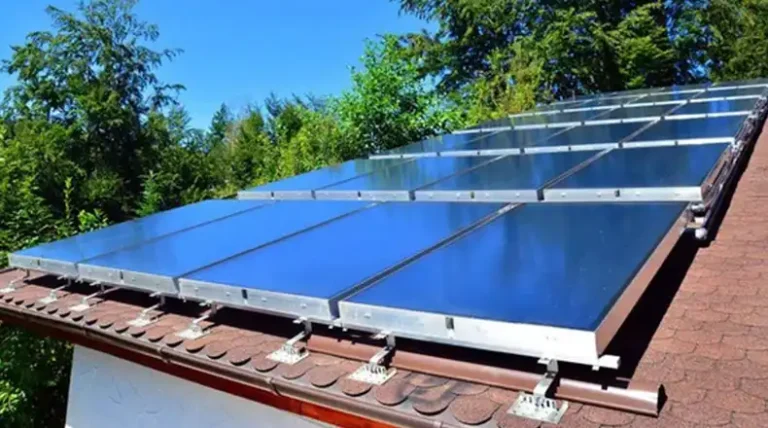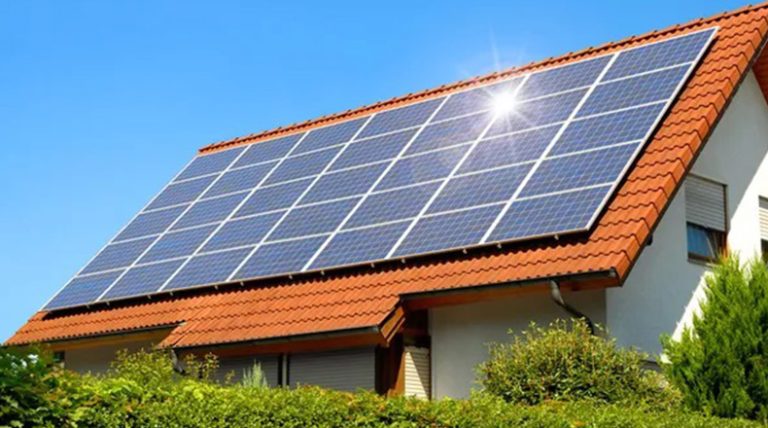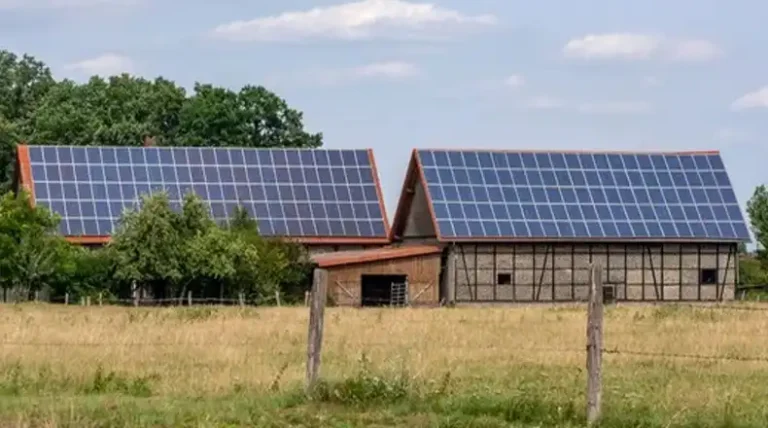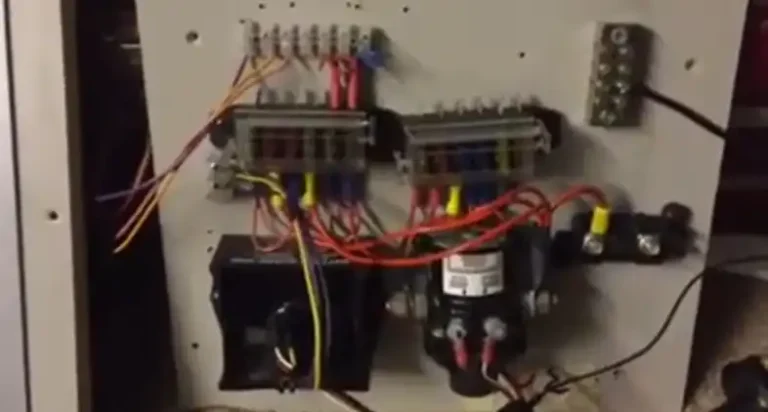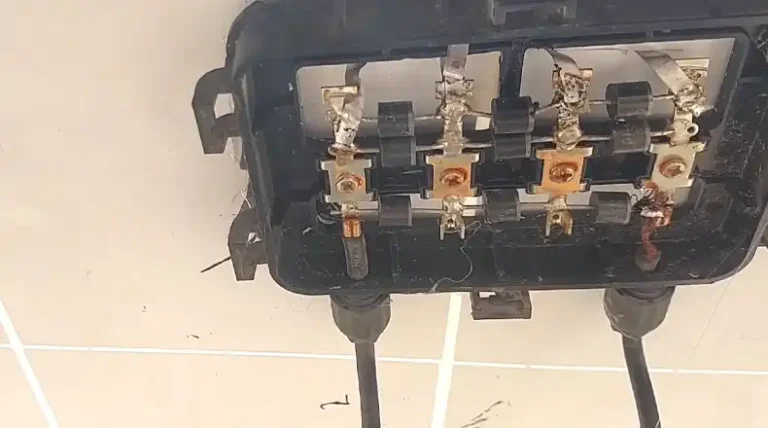Flexible Solar Panels vs Rigid Solar Panels | Comparison
Installing solar panels presents homeowners and businesses with an important decision – whether to use flexible solar panels or rigid solar panels. Both have unique advantages and limitations that determine their suitability for different applications. This article examines the key differences between these two major solar panel types to help you choose the right option.
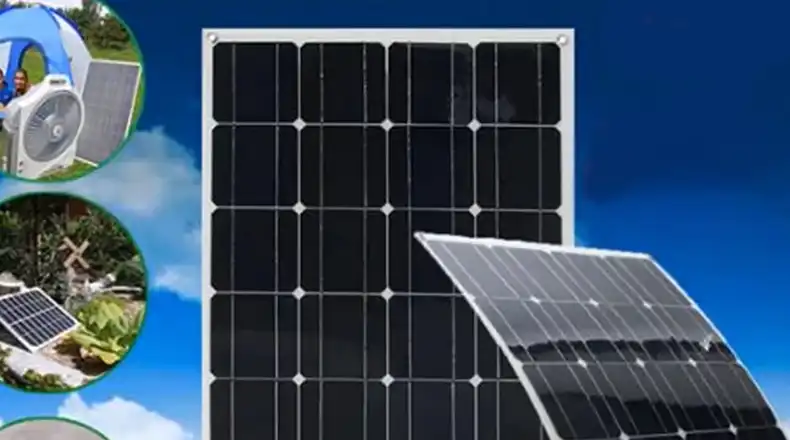
Side-by-Side Differences Between Flexible Solar Panels and Rigid Solar Panels
Though they share the same goal, they have significant differences. Before choosing the proper system, it’s important to find out the key differences as it will help you to choose the best one.
Construction and Composition
The most fundamental distinction between flexible and rigid solar panels lies in their physical structure. Rigid solar panels, as the name suggests, are composed of crystalline silicon cells encased in a sturdy frame, typically made from glass or aluminum. This renders them durable and weather-resistant, capable of withstanding harsh environmental conditions.
Flexible solar panels, on the other hand, employ thin-film technology, utilizing a layer of amorphous or CIGS (copper indium gallium selenide) cells sandwiched between lightweight, flexible materials like polymers or plastics. This construction grants them exceptional flexibility and adaptability, allowing them to conform to curved surfaces or integrate seamlessly into unconventional applications.
Efficiency and Power Output
Rigid solar panels generally boast higher efficiency ratings, typically converting around 15-20% of sunlight into usable electricity. This translates into greater power output per square foot of panel area. Flexible solar panels, while less efficient, have witnessed significant advancements in recent years, achieving conversion rates ranging from 10-15%.
Installation Considerations
Rigid solar panels typically require more conventional mounting systems, often involving rooftop installations or ground-mounted arrays. Their weight and structure necessitate careful planning and professional installation. Flexible solar panels, due to their lightweight and adaptable nature, offer greater installation flexibility. They can be adhered to curved surfaces, integrated into RV roofs, or even incorporated into wearable devices or portable power systems.
Lifespan and Durability
Rigid solar panels are widely recognized for their longevity, with an average lifespan of around 25-30 years. Their robust construction makes them less susceptible to damage from hail, wind, or other environmental factors. Flexible solar panels, while gradually improving in durability, may have a shorter lifespan of approximately 10-15 years.
Summary
| Factor | Flexible Solar Panels | Rigid Solar Panels |
| Efficiency | Up to 18% typically | Over 22% possible |
| Weight | Over 80% lighter | Heavier, harder to transport |
| Fragility | Impact resistant | Prone to cracking and breaking |
| Installation | Tight fit on curves possible | Limited curved surface options |
| Price | More affordable | Premium products cost more |
| Lifespan | 15-20 years normally | 25+ years achievable |
Issue You Will Have with Both Panels
Here are some potential issues to consider with both flexible and rigid solar panels for RV applications:
Flexible Solar Panel Issues
- Durability: The thin layers of flexible panels are prone to punctures, cracks, and delamination, especially in harsh mobile RV environments with vibration, wind, and weather exposure. Tears or peeling destroy power generation capabilities. Besides this, most users forget the allowable bending limit which is 30° to 50°, and if they go beyond this, you will need to compromise the durability of the panel.
- Efficiency losses: Flexing actions and environmental stresses cause gradual thinning and degradation of the internal light-absorbing PV material over operating life. This reduction in photoconversion thickness/efficiency means a lower energy yield year-over-year.
- Overheating Issue: Flexible solar panels are more susceptible to heat damage than rigid solar panels. The tight surface bond limits airflow causing more heat buildup and efficiency losses. Exposure to high temperatures can lead to reduced efficiency, power output loss, and even cell damage.
- Adhesion failure: Attachment methods for flexible panels often rely on adhesive backings. High vibration and repeated mechanical stress can overcome the adhesive bonds, leading to detachment and loss of the panels at speed.
- Wind flap damage: The lightweight nature of flexible panels means secure restraint is required to prevent violent, repeated flapping in wind gusts which risks striking and damaging surrounding equipment.
- Soiling issues: Flexible panel contours and surfaces are prone to accelerated dust/dirt/debris accumulation from roads which creates shading and blocks sunlight from entering panels, necessitating frequent cleaning.
Rigid Solar Panel Issues
- Vibration risks: Static roof stress concentrations over years of vibration and shock cycles risk crack propagation into the roof surface, causing water intrusion issues or weakening over time without proper damping mitigation.
- Hail damage: Rigid tempered glass panels allow small fractures to rapidly spread across entire panes upon hail strikes, fully compromising power generation capacity absent replacement.
- Wind uplift forces: A flat planar shape catches gusting wind, creating pressure lifting rigid panels vertically and laterally, demanding excess layered hardware ties and restraints to counteract forces.
- Weight considerations: Dense glass and aluminum rigid panel construction approaches load limits for RV rooftop structures. Concentrated point loads require assessment to avoid longer-term equipment fatigue or deformation.
- Visibility impacts: Low clearance and large flat profiles can fully obscure sight lines and surround visibility for drivers, which is especially problematic at dawn/dusk solar angles.
Which One Can Fit in Your System Properly?
The choice between flexible and rigid solar panels depends on a number of factors, including the specific application, the installation environment, and the expected lifespan of the panels. Here is a summary of the key considerations:
Consider Flexible Solar Panels for:
- Applications where flexibility and lightweight design are important: Flexible solar panels can be curved or bent to fit around objects, making them a good choice for RV roofs, marine applications, and other unique installations.
- Applications where ease of installation is important: Flexible solar panels can be glued or adhered to surfaces, making them easier to install than rigid solar panels.
- Applications where portability is important: Flexible solar panels are lightweight and easy to transport, making them a good choice for portable power systems.
Consider Rigid Solar Panels for:
- Long-term, high-reliability applications: Rigid solar panels are more durable and have a longer lifespan than flexible solar panels, making them a good choice for rooftop solar installations, large-scale solar farms, and ground-mounted solar arrays.
- Applications where high efficiency is important: Rigid solar panels are generally more efficient than flexible solar panels, converting more sunlight into electricity.
- Applications where high power output is important: Rigid solar panels can generate more power per square foot than flexible solar panels, making them a good choice for applications where space is limited.
However, you can use flexible and rigid solar panels together in a hybrid system. This can be a good option for situations where you need to combine the flexibility and lightweight design of flexible panels with the durability and high efficiency of rigid panels.
When using flexible and rigid panels together, it is important to use a compatible charge controller. A charge controller is a device that regulates the flow of electricity from the solar panels to the batteries. Not all charge controllers are compatible with both flexible and rigid panels, so you will need to check the specifications of the charge controller before you purchase it.
Final Thoughts
At the end of the day, choosing between flexible and rigid solar panels requires balancing your unique needs, priorities, and installation environment characteristics. Consider heat levels, space constraints, transport issues, budget, and desired power output. Weigh up lifespan expectations as well. Where flexible panels provide adaptable form factors and ruggedness, rigid deliver optimal productivity and weatherization.
With these key differences in mind, assess your own situation carefully. This will point you towards the solar panel variety tailored to your circumstances. An experienced solar installer can also provide helpful recommendations. The right solar tech can pay dividends for decades when set up effectively.

